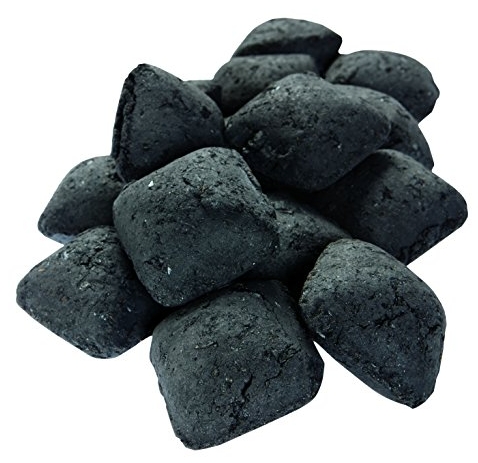
The global Electrode Paste Research industry is projected to grow with a CAGR exceeding 6%, from 2017-2022. By the end forecast period it is estimated that the market will be worth US$ 2.1 Billion. The report provides comprehensive insights into the key players operating in this market, including their financial statements and business strategies. Porter's Five Forces is also included to illuminate the buyer bargaining and supplier bargaining powers, as well the threat of a new entry into the market.
Due to their low-background current, ease of preparation and renewable capability, as well as enhanced sensitivity, modified carbon paste electrodes are used widely for the determination and selection of metal ions. It is easy to improve the performance and sensitivity of carbon paste electrodes by using conductive carbon powders or inorganic or organo-inorganic ligands.
A simple, selective and sensitive method for the electrochemical determination of lead(II) was developed by using N1-hydroxy-N1,N2-diphenylbenzamidine (HDPBA)-modified carbon paste electrodes. The voltammetric response of six different carbon paste electrodes, containing 2,5%, 5,0%, 7,5%, 10,0%, 12,5% and 15% weight-to-weight ratios of HDPBA, was investigated by SWASV. The more HDPBA was present in the carbon-paste electrode, it was found to have a greater voltammetric peak for PbII. This may be due to an increased amount of conductive carbon particles covering the surface of the modified paste.

Images of scanning electron microscopy (SEM), taken of carbon paste electrodes that were unmodified or HDPBA modifed, revealed that surfaces of the carbon pastes with unmodified surface structures had homogeneous and uniformly distributed pores. Surfaces of HDPBA paste electrodes, however, showed an uneven distribution and rough morphology. 3a).
To determine the effect that the binder substitution has on the electrode properties, the cyclic voltammetry responses of graphite and clay electrodes were compared. The results show the cyclic voltammetry responses are not affected by the substitution in the cation. However, the change in the surface morphology of the electrodes may influence the electrochemical properties of IL-CPEs. Moreover, the substitution of the cation in the ionic liquids derived from N-substituted octylpyridinium bis(trifluoromethylsulfonyl)imide with substituents H-, CH3-, CN- and CF3- does not have any effect on the electrical conductivity of the IL-CPEs. These results provide a basis for further studies of the behavior of ionic liquids in carbon paste electrodes. The IL/graphene composite in particular shows promise for use as a binding agent for graphite, resulting in IL/MCPEs that are stable and have high conductivity for electrochemical applications. Raw materials were obtained by Graphene Supermarkets (graphite and clay) and Green Club Pharmacy. All the chemicals were analytical grade and not purified. Sigma Aldrich, Darmstadt, Germany provided ferricyanide and paracetamol. Graphene sample paste was analyzed for EDX spectrometry with a Vario MICRO Cube WDXRF spectrophotometer.

Write a Message